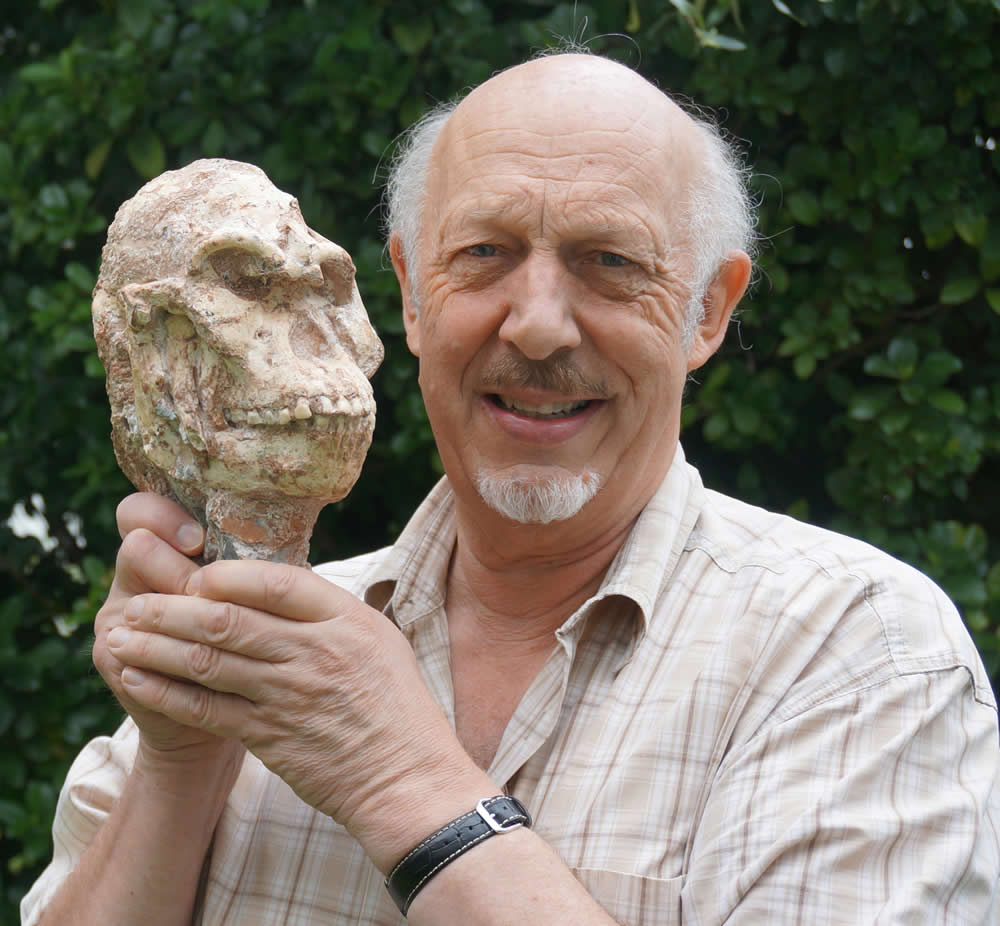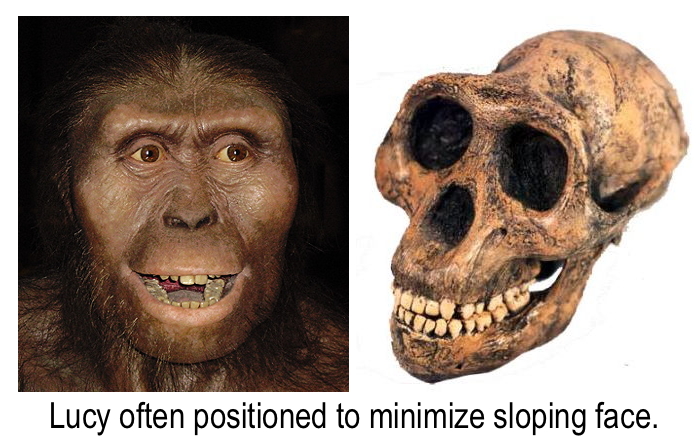So, Lucy which is supposedly much younger than Little foot couldn't walk upright as well as Little Foot (who is supposedly much older) and had other features more ape like than the "older" Little Foot?
Aren't the features supposed to be more human like the younger they are, as they "evolve"? This data really isn't helping your argument in support of evolution.
Just a reminder: Evolution theory conveniently starts with life already here. It starts with an incredibly complex cellular structure with thousands of irreducibly complex physical features that are interdependent. To illustrate the principle of irreducible complexity think about a common mousetrap with five interacting parts: a base, hammer, spring, catch, and holding bar. Each part is necessary, and there is no mouse-catching function unless all five parts are present. A trap with only four parts doesn't just catch mice poorly, it doesn't catch them at all !
In other words, Evolution starts with ignoring tens of thousands of Chicken and Egg problem scenarios like this.
Human Cell:

And, keep in mind that this is just the hardware. The information needed to make the parts function would take a person typing a fairly good rate more that 50 years to complete if working 8 hours a day, 7 days a week. I have the book, "In the Beginning Was Information". I recommend this book for anyone interested in the failures of Evolution Theory to account for the information needed for evolution to even begin. Of course, evolution CONVEVIENTLY starts AFTER THIS POINT IN TIME. That's not good enough for me and shouldn't be good enough for any thinking person.
You also state on this thread: "There is also the evidence from genetics of existing species".
Yes there is. The study of genetic populations is the final resting place for Darwin.
Evolution relies upon copying mistakes in the genome (mutations) that accidentally have some beneficial feature that gets introduced into an individual. Then, because the mistake was beneficial to natural selection in some way, it gets passed onto offspring and over time inhabits an entire genetic population, so the story goes.
Mutations (copying mistakes) themselves happen at known rates and the vast majority are harmful (many would argue ALL). A very generous rate of "beneficial" copying mistakes is around one per million.
With this data, the questions arises: How long would it take for a single "beneficial" copying error to be homogeneous to a genetic population?
Renowned Cornell Geneticist - J.C. Sanford has published over 80 scientific publications in peer reviewed journals and is the inventor with his colleagues at Cornell University of the gene gun, a prototype of which is housed in Washington D.C.'s Smithsonian Museum. Sanford's book, Genetic Entropy, is a must read for anyone considering Evolution as a paradigm for understanding our existence.
Dr. Sanford shows scientifically that even starting with all the cell structures needed, and even starting with all the information needed, there simply is not enough time in the universe to allow for the millions of mutations needed in order to change one species into another.
https://www.youtube.com/watch?v=HNOAoONRb60&t=1793s&ab_channel=BobEnyart


